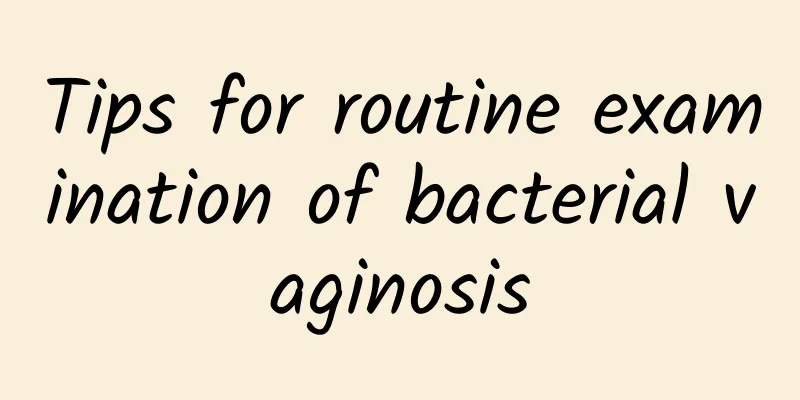Can medication for Bartholinitis reduce inflammation?

|
Acute Bartholinitis first invades the gland duct, presenting with acute suppurative inflammation, with local redness, swelling, heat, and pain. Sometimes there are systemic symptoms such as a feeling of heaviness and difficulty in urination and defecation, fever, and increased white blood cell count. The gland duct opening is often blocked due to swelling or agglutination of exudate, and pus cannot flow out to form an abscess, which is called Bartholin's gland abscess. There may be a sense of fluctuation locally, and the inguinal lymph nodes are swollen. Therefore, acute Bartholinitis should be treated promptly. When treating acute Bartholinitis, the medication for Bartholinitis can reduce inflammation. In the acute stage, antibiotics (penicillin, Pioneer IV, Pioneer VI) can be injected intramuscularly or orally, bed rest, local hot compress, sitz bath or heat therapy can be used. After the abscess is formed, an arc-shaped incision can be made on the inner side of the labia majora where the fluctuation is obvious to drain the pus. Antibiotics and local treatment with Chinese herbal medicine can also be used. Patients with acute vestibular glanditis are in great pain and their daily activities will be restricted. At this time, they should rest in bed and keep the vulva clean. While using broad-spectrum antibiotics for anti-inflammatory treatment, you can choose to use Chinese herbal medicine decoctions that clear away heat, detoxify, reduce swelling and disperse knots, such as forsythia, honeysuckle, wild chrysanthemum, Viola yedoensis, Phellodendron, Scrophularia, Isatis root, etc., and take a sitz bath for 20 minutes each time when the liquid is cool, 1 to 2 times a day. After the abscess is formed, incision and drainage and ostomy should be performed in time. Simple drainage can only temporarily relieve symptoms. After the incision is closed, Bartholin gland abscesses or cysts may still form. If there is a small break and the pus is not discharged smoothly, the incision should be expanded for drainage. Experts say that drug therapy is a treatment method that causes less harm to patients, but it is only suitable for patients with milder conditions. For patients with more serious conditions, the following two treatment methods should be used. |
<<: Dietary therapy for effective treatment of Bartholinitis
>>: Clinical treatment of Bartholinitis
Recommend
Detailed explanation of the main factors causing pelvic inflammatory disease
There will be a series of inflammations in the pe...
Four methods to help relieve dysmenorrhea
Many female friends will experience dysmenorrhea ...
What are the signs of amenorrhea?
What are the symptoms of amenorrhea? Amenorrhea i...
Can cervical biopsy confirm the diagnosis of uterine fibroids?
Uterine fibroids are a very common uterine diseas...
How to choose a hospital that can treat vulvar leukoplakia
How to choose a hospital that can treat vulvar le...
Can’t lose weight after breastfeeding? This may be the reason! Nutritionist shares weight loss method suitable for postpartum mothers
The confinement period after delivery is the best...
Does women urinate blood after menopause?
If a postmenopausal woman has blood in her urine,...
Can eating grapefruit help you lose weight? 8 foods to help you get beautiful legs
[Core Tips]: What can you eat to lose weight in y...
Medical abortion fact sheet
With the advancement of technology, there are now...
Is the uterine fluid discharge blood?
Uterine effusion is not necessarily blood, but it...
Is the second degree of female cervical erosion serious? How can female cervical erosion be cured?
Is second degree cervical erosion serious? Second...
What is the cause of functional uterine bleeding in adolescence?
What does functional uterine bleeding mean in ado...
Treatment considerations for endometrial tuberculosis
What are the treatments for endometrial tuberculo...
Some detailed diagnostic methods for adnexitis
Adnexitis is the most common gynecological diseas...
How to avoid recurrence of adenomyosis
How to avoid the recurrence of adenomyosis? This ...









